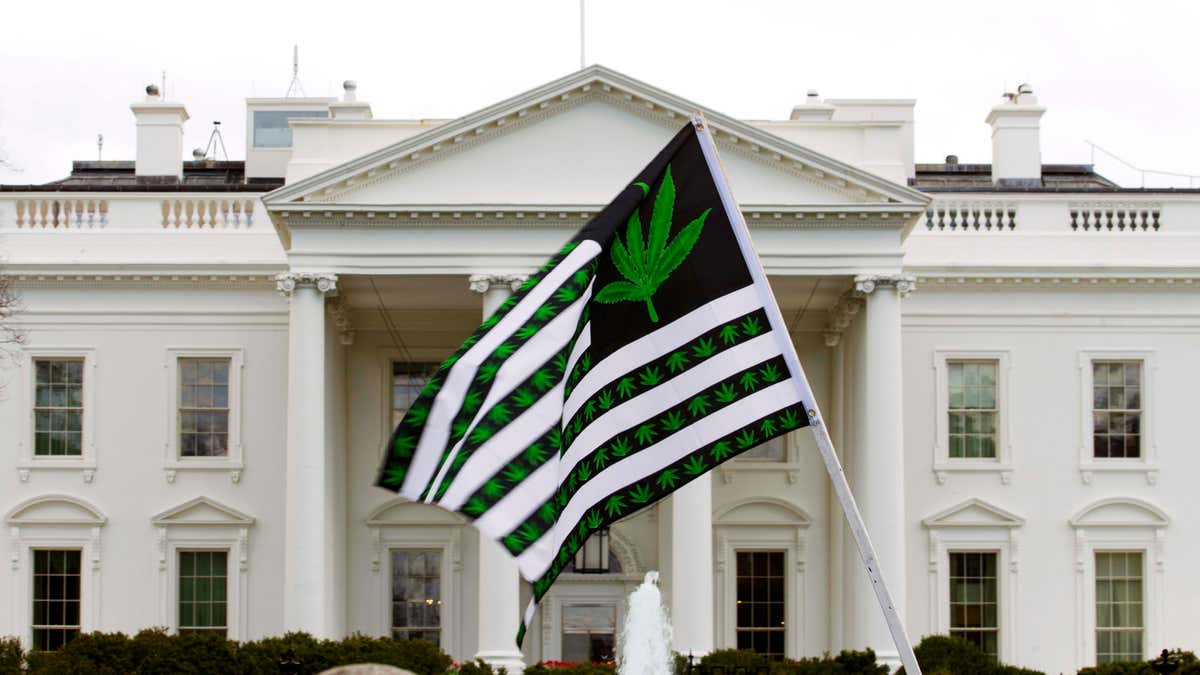
x-default
As the dust from Tuesday’s historic presidential election starts to settle, it is clear to see that the American voters cast their ballots for policies based on less government regulation, for more free enterprise and for candidates who promised to give them back their voice. As an early sign of this changing tide, states California, Massachusetts and Nevada joined Alaska, Colorado, Oregon, Washington and Washington D.C. in legalizing the recreational use of marijuana.
Now, for those of you who are familiar with my opinions, you will likely recall that I am in favor of the mounting evidence that suggests there are many health benefits associated with medical marijuana for some patients. However, while I respect the results of the states’ votes, when it comes to recreational use of marijuana, I think we still have a lot to learn.
The Colorado experiment with recreational marijuana has found many adolescents being introduced to this new substance early on and often, and there are still significant concerns from health care workers who see patients that are more heavily exposed to it than others. We still don’t know the full impact on the heavy use of marijuana, especially on a young developing brain, and the consequences that may be created when it’s mixed with other substances.
About a week before the results of this election were in, a study linking teens’ use of opioids and marijuana was presented at the meeting of the American Public Health Association in Denver. The study analyzed 11,000 children and teens ages 10 to 18 in 10 U.S. cities and asked if they had used prescription opioids in the past 30 days, and whether they had ever used cannabis. About 29 percent of the teens said they had used cannabis at some point, but nearly 80 percent of the 524 who said they had used prescription opioids in the past 30 days said they had also used cannabis. This same study found teens that used alcohol or tobacco in addition to opioids were more likely to use cannabis as well.
We as a nation already have an opioid epidemic on our hands, and as we grasp to find some form of intervention or remedy that will stick to tackle this lethal issue, we must keep these harrowing realities in mind when introducing new substances to the public. Let us recall briefly what happened when we first legalized alcohol. Initially, we had no laws against driving under the influence of alcohol, had no warnings on abstaining from using alcohol while pregnant and no age limit for consumption, which led to countless untimely and preventable deaths as well as tragic developmental consequences. Alcohol is of course still legal today, but it took many hard lessons and a national consensus on many of its regulations.
Generally, under the individual states’ recreational marijuana proposals, consumption would be limited to people 21 or older, and cannabis would be forbidden in most public places. Some states would let people grow up to six plants on their own, but it’ll largely depend on which state you are living in. Simply putting these state-by-state regulations in place will not stop widespread use as more marijuana will now be readily available. I urge the American public to embrace and abide by these laws, and be open to future health regulations once we reach a consensus, regardless of whether they find it to be oppressing. Election results are often the consequence of a public unwilling to repeat the past, which is exactly how I believe we should approach introducing a new substance to our people.